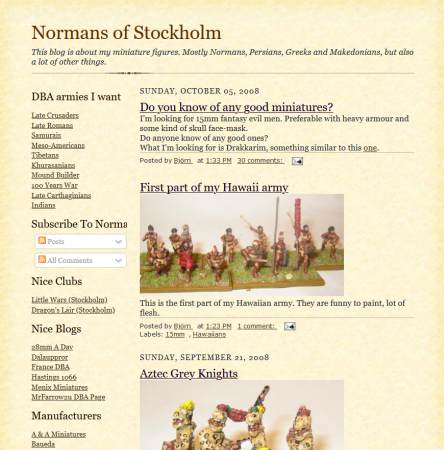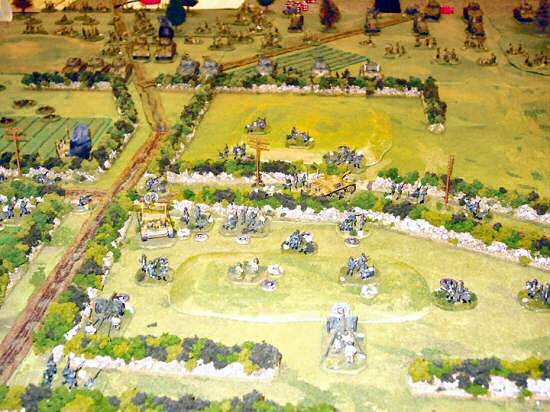After a few hours, when the glue had dried somewhat, I undercoated the whole model in black primer. I used brush-on primer this time because the weather was cold and windy, but usually I use black spray paint out on my balcony (any black spray paint will do). I used black Gesso primer this time.
A quick look at the D&D Monster Manual told me that Dragon Turtles are dull greenish-blue all over, with the shell being somewhat darker than the rest of the body. I was a little disappointed as that was too easy for me, but decided to stick to the "historical" color scheme.
I use a variety of paints, mostly craft-store brands. Sometimes, I add a little black or brown or white or yellow to my paints, if I feel that the color is a bit off, or too close to the other paints that I already have. I add this directly to the paint bottle, so I have wide variety of blues, greens, browns and grays. So it's impossible for me to name specific brands or color names in this write-up - I just use colors that seem right to me.

I started by painting the shell darkish "navy" blue, and the body a slightly lighter medium blue.

The body was drybrushed light green.
To drybrush, I use a large brush that has no good point, dip it in paint, wipe most of the paint off on a paper towel, and carefully brush over the model, picking up just the raised details. This photo shows the contrast between the already drybrushed flippers, the rest of the body, and the shell.

Here, the rest of the body has been drybrushed in light green, and shell drybrushed in medium green.

The body was next drybrushed yellow. The shell was drybrushed very light gray, for a bit more contrast.
The drybrushing technique works best when several colors are brushed on, gradually building the desired color.









